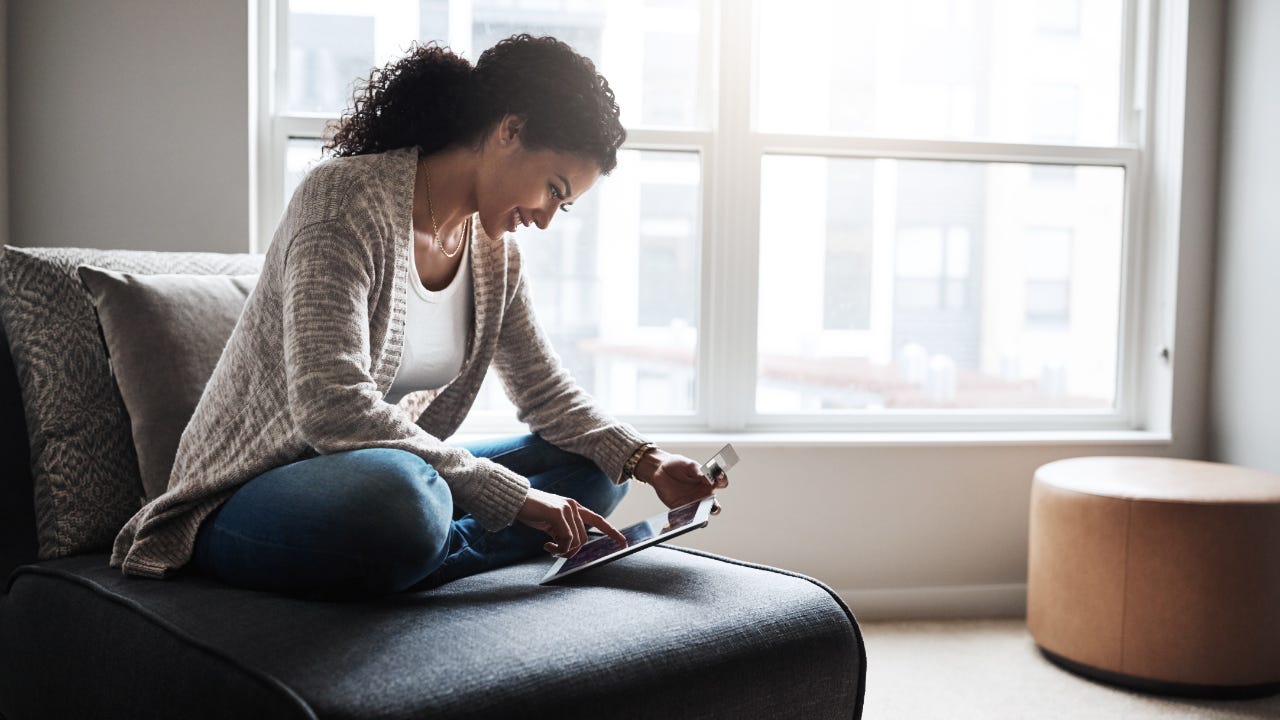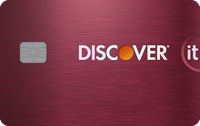Discover it Cash Back vs. Chase Freedom Flex



Key takeaways
- The Discover it® Cash Back and Chase Freedom Flex® both offer 5 percent cash back when you activate on up to $1,500 spent in categories that rotate quarterly, then 1 percent.
- The Discover it Cash Back welcome bonus opportunity could give it an edge for the first year, but the Freedom Flex’s additional reward categories will likely earn you more rewards long term.
- Neither card charges an annual fee, but only the Discover it Cash Back is a foreign-transaction-fee-free card.
The Discover it® Cash Back and Chase Freedom Flex®* are two of the most well-known cash back cards on the market, both featuring a rotating categories rewards structure and no annual fee.
With either card, you’ll earn 5 percent cash back on up to $1,500 spent in bonus category purchases each quarter you activate (then 1 percent). Freedom Flex goes on to offer some additional rewards tiers as well.
You must enroll in the 5 percent bonus categories each quarter to earn these rewards, and tracking the changing categories can be more work than many people are willing to put into earning cash back. However, those who are willing to put in the extra effort can earn up to $300 a year just by maximizing the 5 percent rotating categories.
Main details
| Discover it® Cash Back | Chase Freedom Flex® | |
|---|---|---|
| Annual fee | $0 | $0 |
| Welcome bonus | Intro Offer: Unlimited Cashback Match for all new cardmembers–only from Discover. Discover will automatically match all the cash back you’ve earned at the end of your first year! There’s no minimum spending or maximum rewards. You could turn $150 cash back into $300. | Earn a $200 Bonus after you spend $500 on purchases in your first 3 months from account opening |
| Rewards structure |
|
|
| Intro APR offer | 0% for 15 months on purchases and qualifying balance transfers, then 18.24% - 27.24% Variable APR | 0% Intro APR on Purchases for 15 months |
| Regular variable APR | 18.24% - 27.24% Variable APR | 18.99% - 28.49% Variable |
Discover it Cash Back vs. Chase Freedom Flex highlights

Discover it® Cash Back

Chase Freedom Flex®

Discover it® Cash Back

Discover it® Cash Back
Which card earns the most?
The Freedom Flex has greater rewards-earning potential thanks to its tiered categories beyond the rotating 5 percent options. Earn unlimited 5 percent on travel purchased through the Chase travel portal, 3 percent on dining at restaurants (including takeout and delivery), 3 percent at drugstores and 1 percent on other purchases.
Spending example
The Discover it Cash Back and Freedom Flex’s 5 percent cash back calendars have historically included common spending categories such as grocery stores, gas stations, wholesale clubs, and Target.com. With some planning, you should be able to maximize your rewards in the rotating categories each quarter.
Let’s pretend you only spent $1,500 per quarter ($500 a month) in your rotating categories. For both the Discover and Chase cards, you’d earn $300 at the end of your first year. However, after adding in your welcome bonuses on these cards, you’d end up with $600 in cash back with the Discover it Cash Back and $500 in cash back with the Freedom Flex.
But what if you’re planning a vacation soon? Perhaps you still spend $1,500 each quarter on your 5 percent categories, as well as $950 during the year on travel ($350 for airfare, $360 for three nights in hotels and $240 for a rental car).
At 1 percent cash back for all other purchases, the Discover it Cash Back would earn you just $9.50 for those travel purchases, bringing your yearly earnings to $309.50 (minus the welcome bonus). On the other hand, assuming you booked everything through the Chase portal with your Freedom Flex card, you’d earn 5 percent back on those purchases, or $47.50, for a total yearly earning of $347.50 (again, minus the welcome bonus).
It may be difficult to beat Discover it Cash Back’s first year earnings when you factor in the welcome bonus, but the Freedom Flex offers more potential rewards on an ongoing basis.
Why you should get the Discover it Cash Back
At its heart, the Discover it Cash Back is a simpler card than the Freedom Flex, mostly because it earns a flat 1 percent on all other purchases and offers the standard redemption options for its cash back rewards. If you want a relatively straightforward credit card experience that keeps you on your toes just enough with its rotating categories, then the Discover it Cash Back card is worth it.
Why you should get the Chase Freedom Flex
Chase Freedom Flex is an equally great choice, though its year-round rewards tiers give it an undeniable upper hand. Perhaps most attractive, though, is that you can easily pair this no-annual-fee card with other cards that earn Ultimate Rewards to help you maximize value across the board. If you have the Chase Freedom Unlimited® or Chase Sapphire Preferred® Card, for example, you can transfer your Freedom Flex rewards over to those travel cards.
Doing so means you can utilize the redemption boost that Chase offers when Sapphire Preferred cardholders use the Chase Travel℠ portal to book travel — a 25 percent boost. It also opens the door to the best possible redemption value: Transferring points to one of Chase’s travel partners at a 1:1 ratio.
The bottom line
You really can’t go wrong with either cash back credit card option, but the right choice for you depends on your spending habits each month. Both the Chase Freedom Flex and Discover it Cash Back offer a rotating rewards structure, welcome bonus and low-interest APR offer on purchases. Freedom Flex also offers much more in terms of rewards categories.
Existing Chase Sapphire Preferred and Freedom Unlimited cardholders will find more long-term value by adding the Freedom Flex to their wallets, but those who anticipate carrying a balance from time to time should stick to the Discover it Cash Back with its lower ongoing APR.
*The information about the Chase Freedom Flex® has been collected independently by Bankrate. The card details have not been reviewed or approved by the card issuer.




